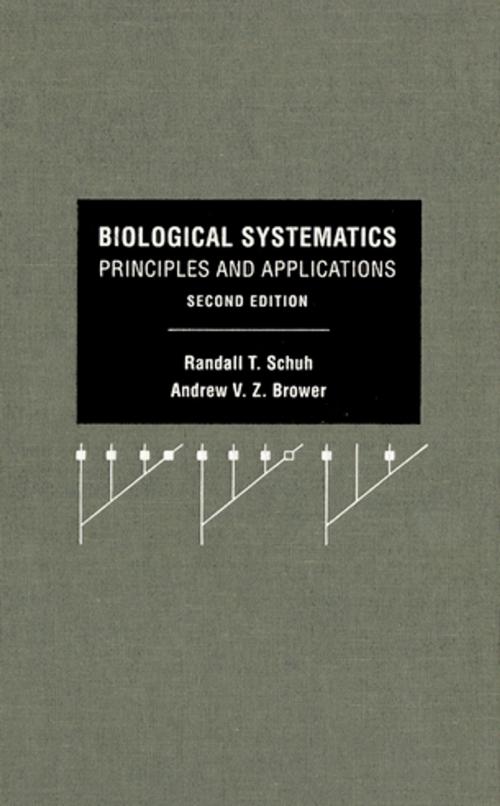Biological Systematics
Principles and Applications
Nonfiction, Science & Nature, Science, Biological Sciences, Zoology, Biology| Author: | Randall T. Schuh, Andrew V. Z. Brower | ISBN: | 9781501717017 |
| Publisher: | Cornell University Press | Publication: | December 15, 2009 |
| Imprint: | Comstock Publishing Associates | Language: | English |
| Author: | Randall T. Schuh, Andrew V. Z. Brower |
| ISBN: | 9781501717017 |
| Publisher: | Cornell University Press |
| Publication: | December 15, 2009 |
| Imprint: | Comstock Publishing Associates |
| Language: | English |
Biological Systematics: Principles and Applications draws equally from examples in botany and zoology to provide a modern account of cladistic principles and techniques. It is a core systematics textbook with a focus on parsimony-based approaches for students and biologists interested in systematics and comparative biology. Randall T. Schuh and Andrew V. Z. Brower cover:
-the history and philosophy of systematics and nomenclature;
-the mechanics and methods of analysis and evaluation of results;
-the practical applications of results and wider relevance within biological classification, biogeography, adaptation and coevolution, biodiversity, and conservation; and
-software applications.
This new and thoroughly revised edition reflects the exponential growth in the use of DNA sequence data in systematics. New data techniques and a notable increase in the number of examples from molecular systematics will be of interest to students increasingly involved in molecular and genetic work.
Biological Systematics: Principles and Applications draws equally from examples in botany and zoology to provide a modern account of cladistic principles and techniques. It is a core systematics textbook with a focus on parsimony-based approaches for students and biologists interested in systematics and comparative biology. Randall T. Schuh and Andrew V. Z. Brower cover:
-the history and philosophy of systematics and nomenclature;
-the mechanics and methods of analysis and evaluation of results;
-the practical applications of results and wider relevance within biological classification, biogeography, adaptation and coevolution, biodiversity, and conservation; and
-software applications.
This new and thoroughly revised edition reflects the exponential growth in the use of DNA sequence data in systematics. New data techniques and a notable increase in the number of examples from molecular systematics will be of interest to students increasingly involved in molecular and genetic work.















